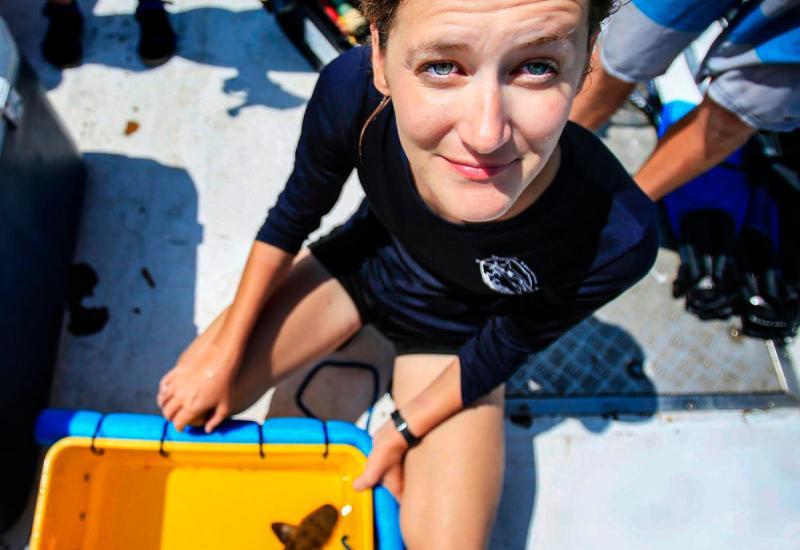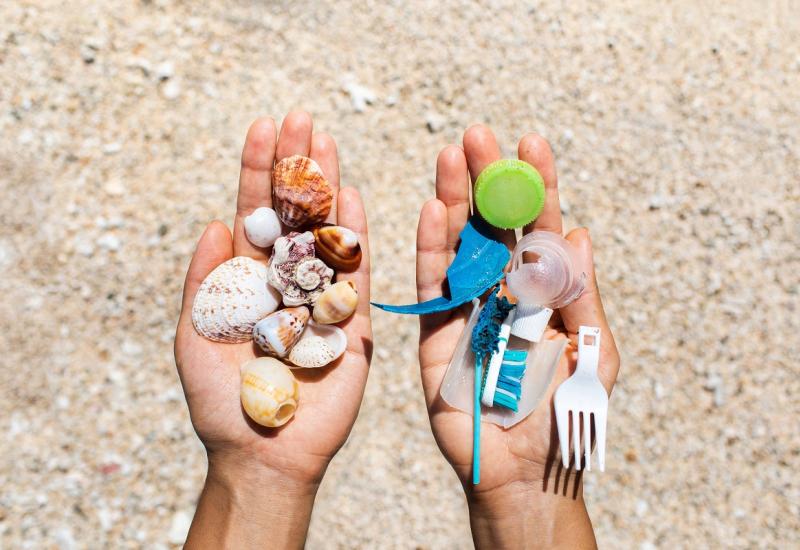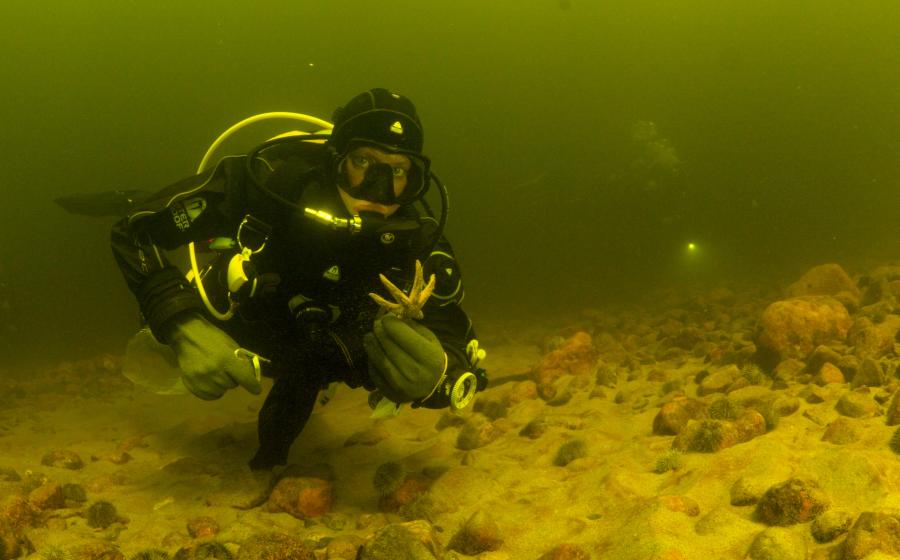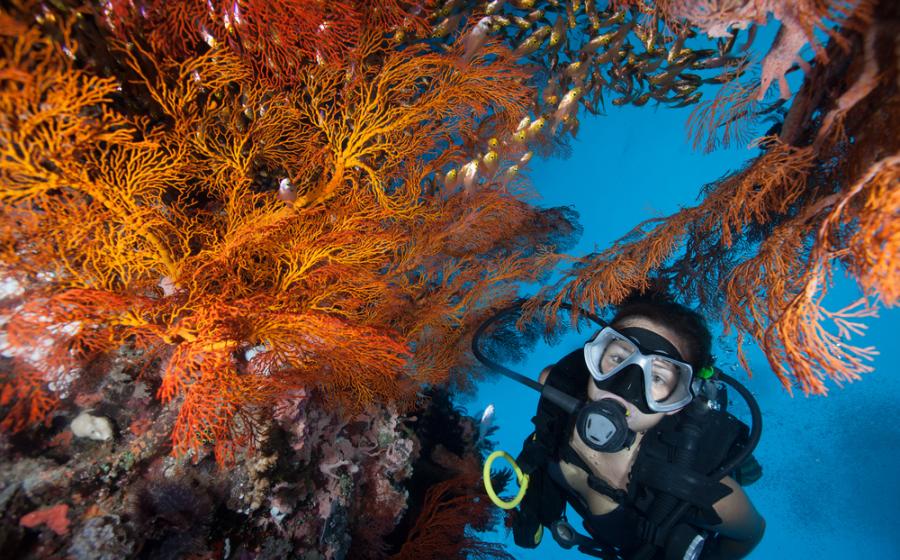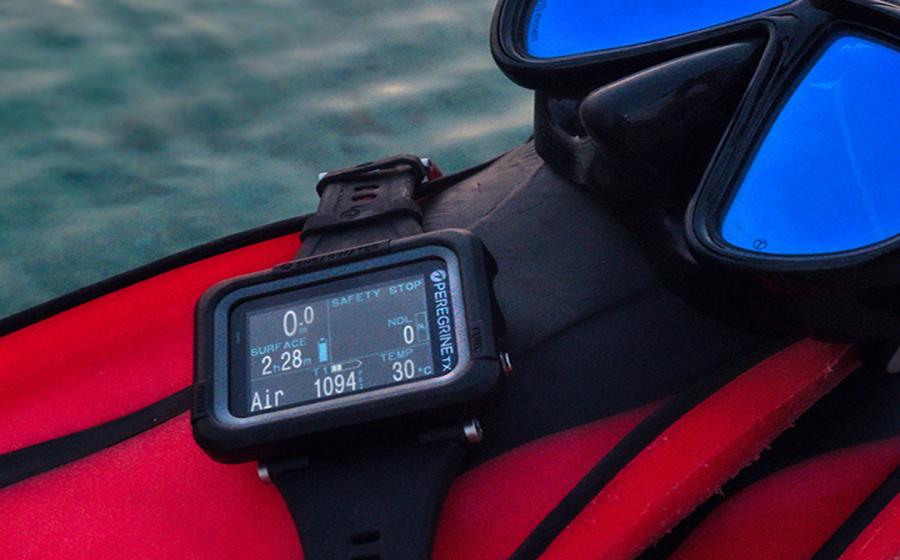How to Read the Shark Attack File Report Like a Marine Biologist
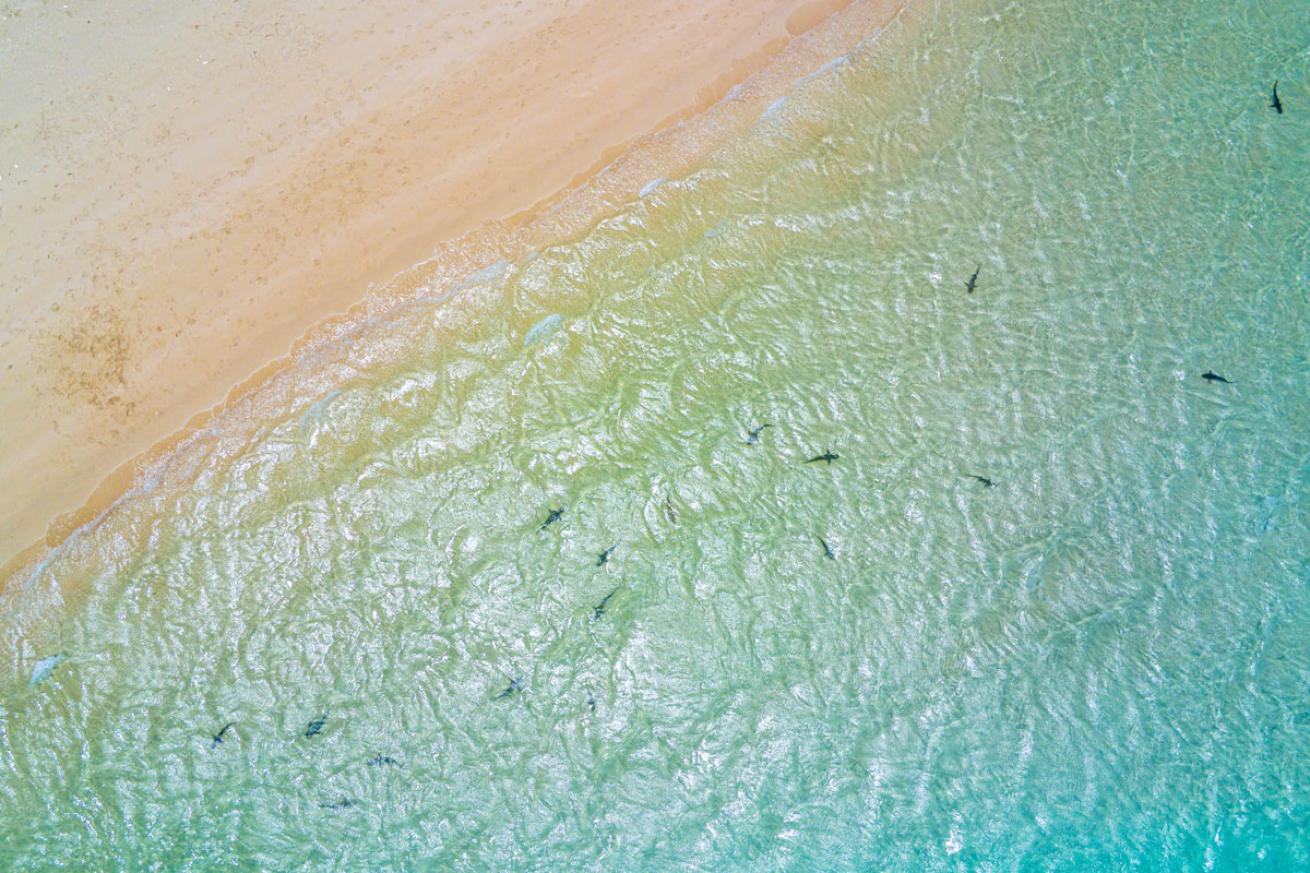
ShutterstockSilhouettes of reef sharks swimming close to shore.
Lots of people are terrified of sharks, and inflammatory, fearmongering media coverage is an important reason why that is the case. In fact, the vast majority of all news stories about sharks focus on sharks biting people. In my decade of writing for popular audiences about sharks, this is a topic I’ve barely touched on. It’s not just about the fearmongering; I generally don’t think that this subject is particularly interesting. Have you read my “amazing facts about sharks” columns? This incredible group of animals can do all those things, and you want to talk about how every once in a while one of them bites a human? However, with the recent release of the annual International Shark “Attack” File’s report of shark bites from 2019, this topic is very much in the news, so we might as well discuss what you can learn from it and how to spot misleading information.
Why did you put “attack” in sarcastic quotes?
I mentioned the inflammatory, fearmongering nature of some shark media coverage earlier. When you hear “shark attack,” you picture Jaws, an evil monstrous shark maliciously stalking the coast and killing people just because it’s bad to the bone… um, cartilage. Media content research by colleagues of mine found that in 38 percent of reported “shark attacks” in Australia, the shark did not physically touch the person at all! They proposed a new typology of human-shark interactions, including “shark sighting,” “shark bite” and “fatal shark bite,” which are more descriptive and less inflammatory than “shark attack”—a proposal I support.
What Is the International Shark Attack File?
The ISAF describes itself as “the world’s only scientifically documented, comprehensive database of all known shark attacks.” It’s run through the University of Florida and the Florida Museum of Natural History, and employs scientific experts. In short, you can trust what the report says.
What does the ISAF 2019 report say?
According to the new report, in 2019, there were 64 unprovoked shark bites on humans. “Unprovoked,” in this case, means that a human wasn’t messing with a shark by harassing it or trying to feed it. The report classifies 41 more shark bites as “provoked.”
What does that mean?
In my professional opinion, the key take-home message here, as every year, is that sharks really don’t bite people very often. Hundreds of millions of humans went in the ocean last year. According to the ISAF report, 105 of them were bitten by sharks. However, media coverage dilutes that message. CNN reported on the 2019 ISAF report that “Florida is the shark attack capital of the world again.” ABC News ran with the headline “Number of Shark Attacks Declined Worldwide in 2019.” NBC News used the headline “Unprovoked Shark Attacks Rose in the US, but Dropped Worldwide.” A Florida local newspaper used the headline “Shark Attacks Remain Low Globally but Increase in Florida.”
So which of these takeaways is true? Fewer bites in Florida? More bites in the United States? Fewer bites worldwide?
They’re all true. And none of them are particularly interesting or important. As the ISAF report specifically notes, “ISAF does not assign significance to short-term trends, as annual fluctuations in shark-human interactions are common. Year-to-year variability in oceanographic, socioeconomic, and meteorological conditions significantly influences the local abundance of sharks and humans in the water, increasing the odds of encountering one another.” (Yes, they said “socioeconomic.” A major factor in reduced shark bites a decade ago was the economic recession, which meant fewer people could afford a beach vacation, which led to fewer bites despite no changes in shark behavior.) The value that the ISAF brings to these discussions is keeping track of long-term trends, and while each annual report generates a ton of (often conflicting or confusing) media coverage, it’s hard to tell an accurate story with one year of data. I remain grateful to the ISAF for the thorough work it does in keeping and publicizing its data, and frustrated by some of the “narratives” used in media coverage of the report.
Was there anything unusual or interesting in the ISAF 2019 report?
Boy howdy, was there! It turns out that there were more cookiecutter shark bites in 2019 than in the rest of the ISAF’s archives, combined! These small sharks use their razor-sharp, circular jaws to cut tiny chunks out of their prey (like a cookie cutter in dough, get it?). Their prey is usually tuna or marine mammals, but in 2019, three humans were victims of this “micropredation.” Don’t panic about going to the beach though. Every one of these humans was swimming between Hawaiian islands, over a deepwater trench, at night, while being lit from boat-based spotlights from above. The first time this happened, I called it “the most preventable shark attack of all time,” and I stand by that.
What about scuba divers?
While shark bites are incredibly rare in general, bites of divers are rarer still. According to the ISAF, surfers and swimmers are much more likely (but still extremely unlikely) to be the victims of a shark bite than divers. However, that doesn’t mean that you should annoy or harass sharks, and if you are feeling the slightest bit unsafe or uncertain about how a shark is behaving around you, get out of the water as quickly as you safely can.
About David Shiffman
Dr. David Shiffman is a marine conservation biologist specializing in the ecology and conservation of sharks. An award-winning public science educator, David has spoken to thousands of people around the world about marine biology and conservation, and has bylines with the Washington Post, Scientific American, New Scientist, Gizmodo and more. Follow him on Twitter, Facebook and Instagram, where he’s always happy to answer any questions about sharks. Please direct any questions or hate mail to [email protected].

Josh LibermanDr. David Shiffman
About Science Stop with Dr. David Shiffman
Before you surface from a deep scuba dive, you make a safety stop. Before you take a deep dive into the complicated world of ocean conservation, I encourage you to make a science stop by reading this column. The global environmental challenges we face can seem overwhelming, and concerned citizens, especially people like scuba divers who love spending time in the ocean, want to help do their part to fix these problems. However, with lots of conflicting, misleading or just plain wrong information out there about environmental problems and how you can help solve them, it can be hard to know how to help. In some cases, well-intentioned but misinformed activists not only fail to help solve a problem, but can actually make the problem worse, or harder to solve! Put simply, if we’re going to fix the massive problems facing the ocean, the details matter, and those details can be confusing! In this monthly column, my goal is to teach you the true scientific facts behind some of the most pressing threats facing the ocean and the solutions experts believe will help solve them. I will also try to dispel common misconceptions about these threats and their solutions.


